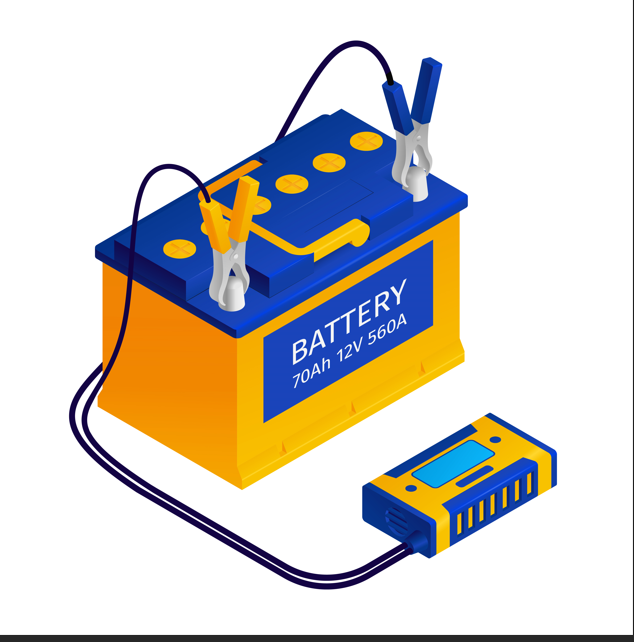Table of Contents
ToggleDefinition
The magnetic tape recorders are used for high frequency signal recording. In these recorders, the data is recorded in a way that it can be reproduced in electrical form any time. Also main advantage of these recorders is that the recorded data can be replayed for almost infinite times. Because of good higher frequency response, these are used in Instrumentation systems extensively.
Basic Components of Tape Recorder
Following are the basic components of magnetic tape recorder
- Recording Head
- Magnetic Tape
- Reproducing Head
- Tape Transport Mechanism
5. Conditioning Devices
Working Principle of Tape Recorders
When a magnetic tape is passed through a recording head, the signal to be recorded appears as some magnetic pattern on the tape.
This magnetic pattern is in accordance with the variations of original recording current. The recorded signal can be reproduced back by passing the same tape through a reproducing head where the voltage is induced corresponding to the magnetic pattern on the tape.
When the tape is passed through the reproducing head, the head detects the changes in the magnetic pattern i.e. magnetization. The change in magnetization of particles produces change in the reluctance of the magnetic circuit of the reproducing head, inducing a voltage in its winding.
The induced voltage depends on the direction of magnetization and its magnitude on the tape.
The emf, thus induced is proportional to the rate of change of magnitude of magnetization i.e. e N (dĭ / dt)
Where N = number of turns of the winding on reproducing head
Ǽ = magnetic flux produced.
Suppose the signal to be recorded is Vm sin Ǚt. Thus, the current in the recording head and flux induced will be proportional to this voltage.
It is given by e= k 1. Vm sin wt, where k1 = constant.
Above pattern of flux is recorded on the tape. Now, when this tape is passed through the reproducing head, above pattern is regenerated by inducing voltage in the reproducing head winding.
Operation of Magnetic Tape Recorders
The recording head consists of core, coil and a fine air gap of about 10 micrometer. The coil current creates a flux, which passes through the air gap to the magnetic tape and magnetizes the iron oxide particles as they pass the air gap. So the actual recording takes place at the trailing edge of the gap.
The reproducing head is similar to that of a recording head in appearance. The magnetic tape is passes over a reproducing head, thereby resulting in an output voltage proportional to the magnetic flux in the tape, across the coil of the reproducing head. Thus the magnetic pattern in the tape is detected and converted back into original electrical signal.
The tape transport mechanism moves the tape below the head at constant speed without any strain, distortion or wear. The mechanism much be such as to guide the tape passed by the magnetic heads with great precision, maintain proper tension and have sufficient tape to magnetic head contact.
Methods of Recording
The methods used for magnetic tape recording used for instrumentation purposes are as follows:
1.Direct Recording
2.Frequency Modulation Recording
3.Pulse Duration Modulation Recording
For instrumentation purposes mostly frequency modulation recording is used. The pulse duration modulation recording is generally used in the systems for special applications where large number of slowly changing variables has to be recorded simultaneously.



Pingback: Why single phase induction motors and synchronous motors are not self-started